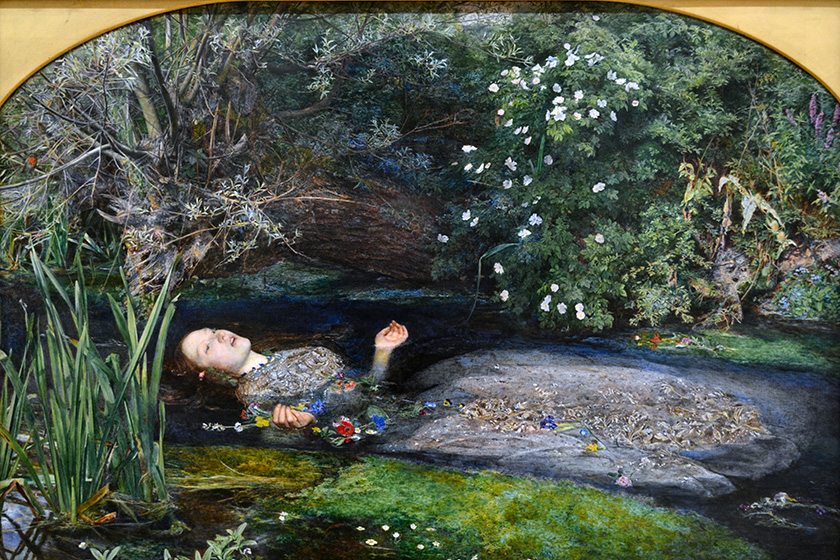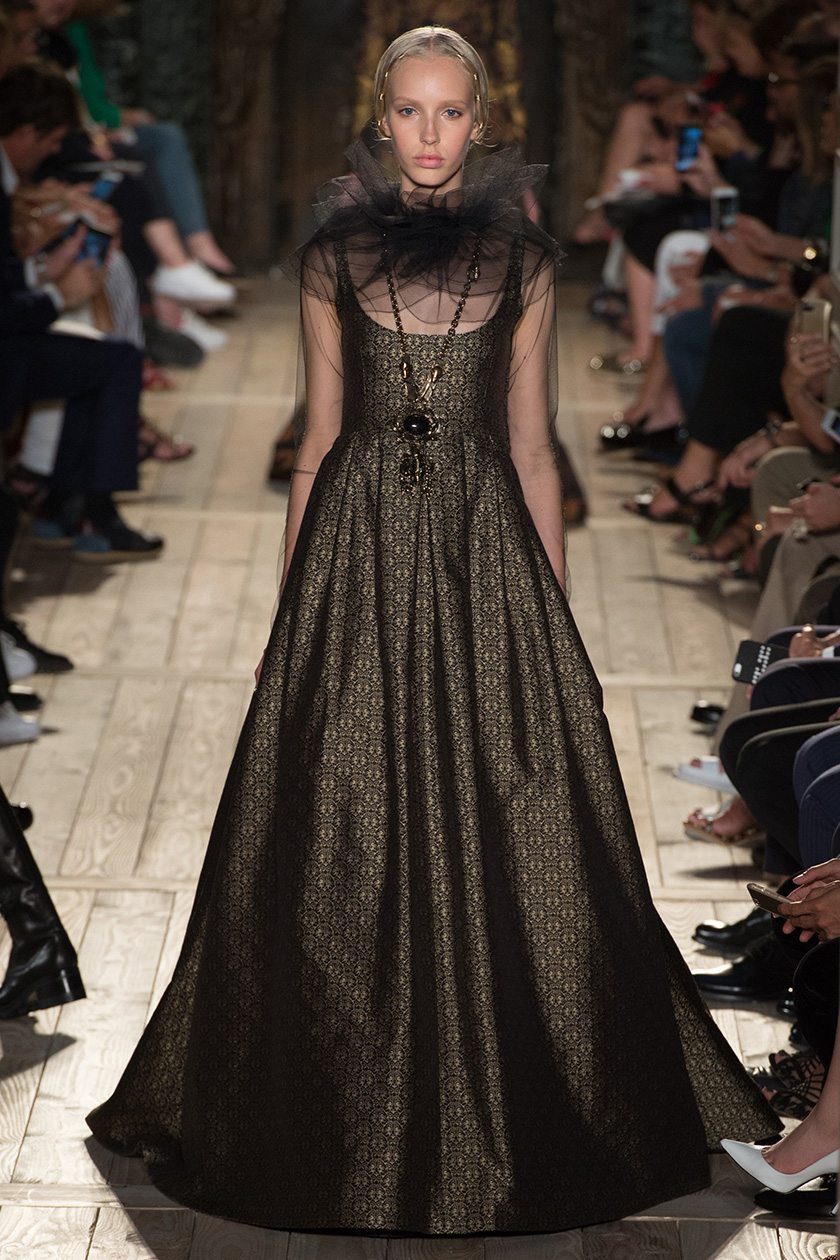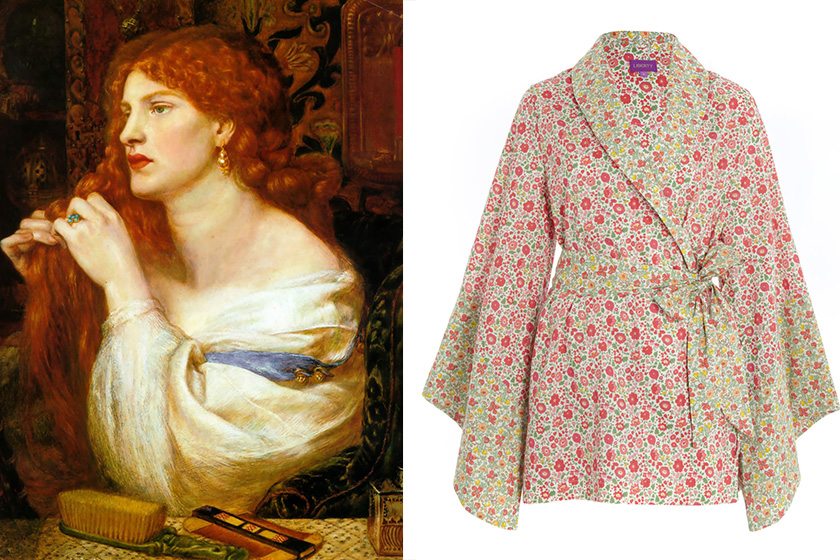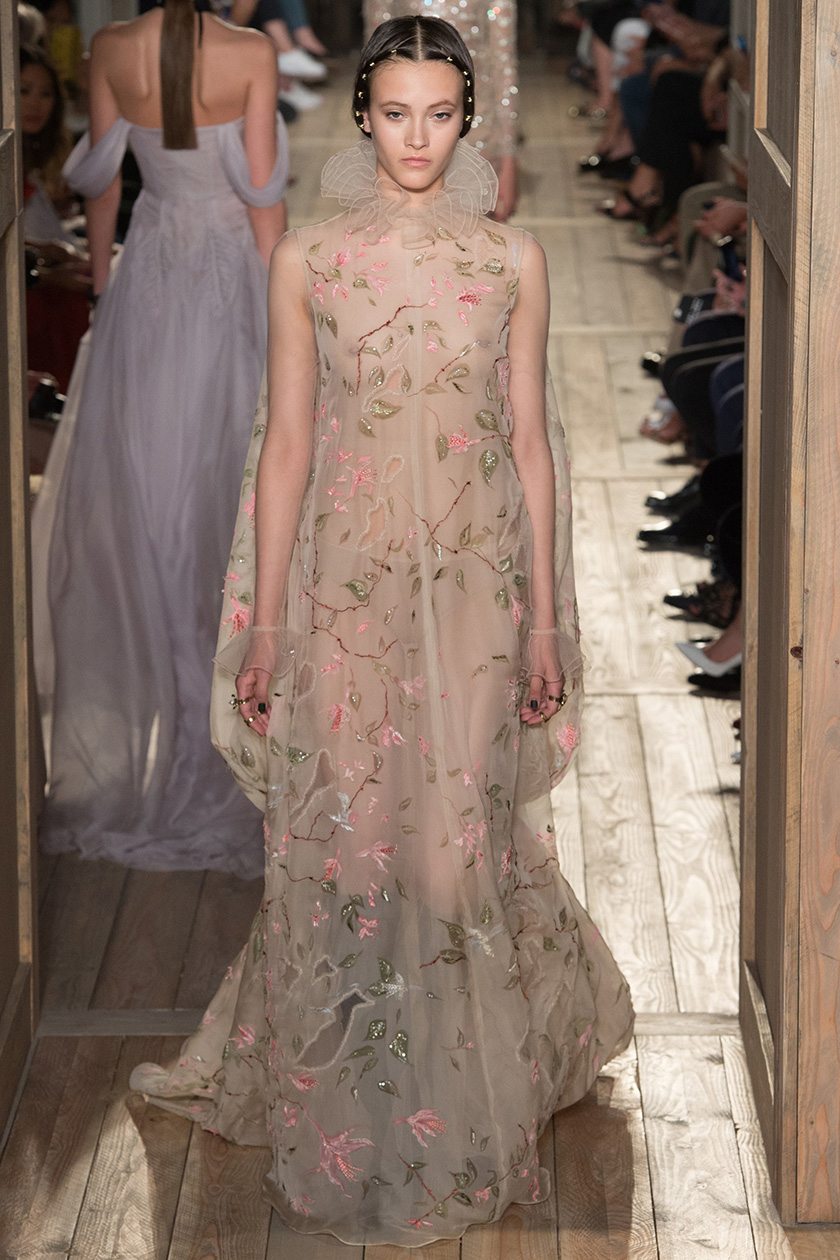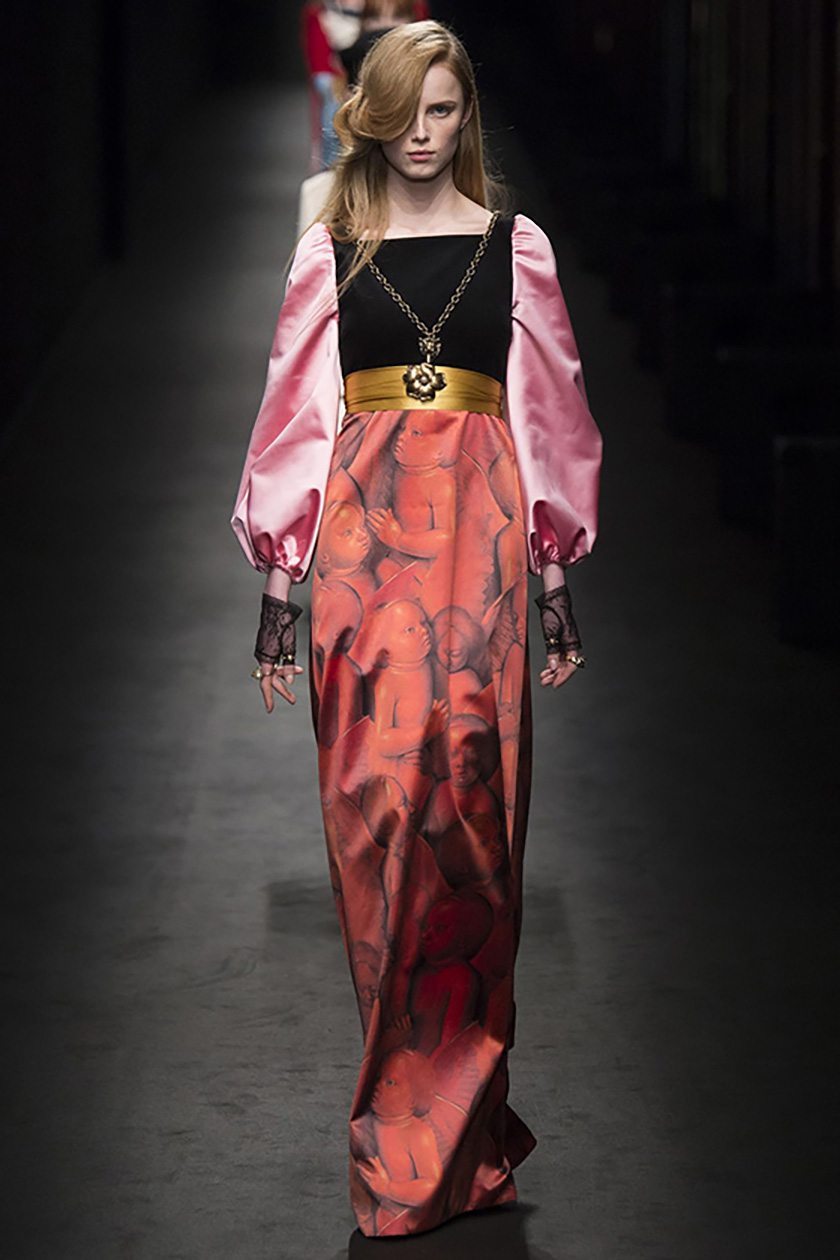Style notes: Pre-Raphaelites get a revamp for autumn
The Pre-Raphaelites leave us desperate for more as this A/W 16 is all about the romantic synthesis of art and fashion...
This post may contain affiliate links. Learn more
Have nothing in your house that you do not know to be useful, or believe to be beautiful. – William Morris.
In September of 1848, among the dimly lit streets of Victorian London, a group of precocious young artists met in secret to draw up a manifesto and declare themselves the Pre-Raphaelite Brotherhood. 168 years later these avant-gardists continue to reign over our walls, our television screens, and as of this autumn, our wardrobes…
October 2017 sees the opening of an exhibition which will no doubt serve to prolong the omnipresence of the Pre-Raphaelites. The National Gallery’s prospective Reflections: Van Eyck and the Pre-Raphaelites, running from October 2017 to April 2018 will explore the way in which Dante Gabriel Rossetti, Sir John Everett Millais, and William Holman Hunt, among others, were influenced by the early Renaissance works which were visible to Victorian Londoners and continue to feature in the selfies of the National Gallery visitors today.
William Morris once said,
The past is not dead, it is living in us, and will be alive in the future which we are now helping to make.
It is in this way that the influence of the Pre-Raphaelites continues today – saturating all aspects of 21st Century culture because of its very nature as something that is stuck in the past. Although their key role may be situated in the history of British art, their relevance in the present continues to grow and diversify, and following yet another recent surge in popularity, the 2017 exhibition will indubitably grace our galleries as we re-affirm the celebrity status of these desperate romantics.
Thrust into the 21st Century through television, radio and dramatised (and heavily sexualised) biography, these avant-garde artists were set to thrive – particularly in a society where nostalgia, traditionalism and romanticism is rife. Indeed, these tendencies are so rife, A/W ‘16 style marks a version of a modern Renaissance, with medieval gowns, floral brocade and mile upon mile of velvet set to saturate our stores from September.
But is this really conceivable? In a world where wifi reigns supreme and the colour of one’s wall paint defines your social success, is there room in our wardrobes for the Renaissance?
Frankly, my answer is no. But less because we don’t care for the past, and more because the past (and the monumental skirts it brings with it), won’t fit on a hanger. So let’s look at how we can or if we can, incorporate the rather ironic ‘latest’ fashion trend into this A/W ‘16’s wardrobe – because, let’s be honest, we’ve all dreamt of being called a ‘stunner’.
With London (7 Gower Street to be precise) the home of the Pre-Raphaelite Brotherhood, it’s only natural that Liberty London might be the best pathway into the past this season. Maximalism, although long neglected, was the biggest inspiration for designers this time round, and designers across the board certainly had a lot up their sleeves – not surprising considering the sheer size of them… Liberty’s Pink Mauverina Cotton Kimono is bang on trend in this sense, allowing you to lounge in luxury. It’s crafted from premium Tana Lawn cotton for a superbly soft drape – perfect for countryside pampering weekends, something Rossetti’s Aurelia was no doubt a fan of…
Other British descendants of the Pre-Raphaelite legacy include Alexander McQueen, whose Sarabande Lace Bra, may seem the antithesis of desperate, but its certainly romantic; while Cassandra Goad’s Large Madrid Amethyst and Pearl Cross pendant would have hung perfectly around the neck of Burne Jones’ Sidia von Borke (1860).
Rossetti’s personal affinity with Italy’s Dante Alighieri, and the Brotherhood’s common love for the Old Italian masters ensured visions of opulence blossomed from Prada, Valentino, Marni and Gucci, offering up further inspiration across this season’s shows.
Valentino’s co creative directors, Maria Grazia Chiuri and Pierpaolo Piccioli imbued their collections with whimsy and old-fashioned beauty, boldly drawing on both Medieval and Renaissance dress. Their couture show included theatrical gowns of thick brocade and day-dreamingly traditional silhouettes, reminiscent of the portrait that first influenced the Pre-Raphaelites, the Arnolfini Portrait – the painting around which the National Gallery’s exhibition is set to revolve. Equally, the Valentino designers reminisced on Millais’s much loved image of Ophelia. On seeing their translucent and delicately floral gown we can’t but drown in thoughts of Ophelia’s hopeless love story, or indeed of Botticelli’s ephemeral Primavera.
Gucci, meanwhile, has experienced a renaissance of its own – now a year since creative director Alessandro Michele unveiled his first womenswear collection for the label. With the Milan show’s thinking described as “rhizomatic”, the latest collection pulls us in multiple different directions. But, while Gucci remains fresher than ever, the eras from which it draws its inspirations have been refreshed, with Michele’s Madonna-and-child-skirted medieval gown imbuing feminine chasteness with a whole new level of desire. No wonder Rossetti fooled around with all of his models…
However, does this re-Renaissance resonate more with art than fashion?
The women painted by the Pre-Raphaelites, particularly those created by Rossetti, although based on women who lived in and amongst their circle, were heavily idealised figments of their imagination, drawn from characters of mythological or literary creation. As with the nature of these encapsulating works, this re-Renaissance trend is perhaps something more of a spectacle of beauty, opulence and imagination than something easily realised in ready-to-wear dress. And while I have attempted to offer some suggestions as to how to indulge in a Pre-Raphaelite autumn, my primary advice would be simply to look, enjoy, and help to ‘make the future’ with these artists ahead of next year’s exhibition.

